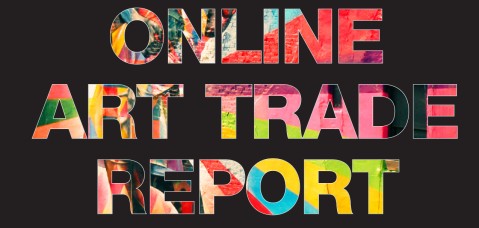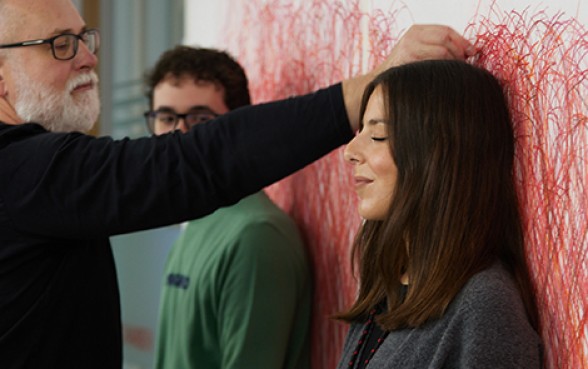Following the launch of the latest Hiscox Online Art Trade Report, Robert Read, Head of Fine Art at Hiscox, discusses the meteoric rise in online art buying.
It appears that the rise in online art buying is even greater than we anticipated. Our 2015 Hiscox Online Art Trade Report reveals the value of the online art market has risen from $1.57 billion in 2013 to an estimated $2.64 billion in 2014. Based on these figures, online art buying accounts for 4.8% of the estimated $55.2 billion value of the global art market. On the same growth trajectory, the value of the online art market could reach $6.3 billion in 2019.
It’s clear that we are entering a new era when it comes to buying art. But what’s driving this change?
Accessibility for a new generation Online art buying is proving particularly popular with new buyers (defined in our report as being those who have collected art for less than one year). This may be, at least in part, due to the fact that 45% of respondents said they found the online art buying experience less intimidating than buying from a physical gallery or auction house. Online art buying can also be more financially accessible; the majority of online art transactions take place at a lower price point (below £10,000), with 41% of those surveyed saying their average price paid was less than £1,000.
Social media is having an impact too, irreversibly changing the way consumers find, engage with, and buy art. Although art appreciation and collecting can sometimes be a solitary process, social media turns that idea on its head. Nearly a quarter (24%) in our survey said that social media activity had an influence on their art buying decisions, with postings by museums, galleries and artist studios deemed to have the most influence on buyers – closely followed by collectors, art market commentators and curators.
Online-only auctions Of course, the growth in online-only auction sites is also driving growth; players such as Auctionata and Paddle8 reported revenue increases of 148% and 146% respectively in 2014. The new kids on the block aren’t having it all their own way though and plenty of the traditional auction houses are adapting to the brave new world. Heritage Auctions, for example, has become one of the biggest online auctioneers in the world, with $357 million worth of online sales in 2014. A similar trend is evident with regional players, not least the Swedish auction house Bukowskis, which has seen strong growth in its online business Bukowskis Market, and Danish online auction house Lauritz.com which recently moved to acquire one of Sweden’s oldest auction houses.
There are too many players in the online art market, as one would expect at this stage of the development cycle, and it is still impossible to say who the winners will be. We will have to wait for a couple more years of mergers, acquisitions, thrills and spills to see who emerges on top, but what’s clear already is that those with a trusted brand, a ‘real world’ presence and an online business have a distinct advantage.
The rules are changing The mouse hasn’t silenced the gavel just yet, and for the really big sales I don’t expect to see the online market steal a march any time soon, but at the lower price points, the rules are changing, and the online art market continues to force the new and old art worlds to adapt.




